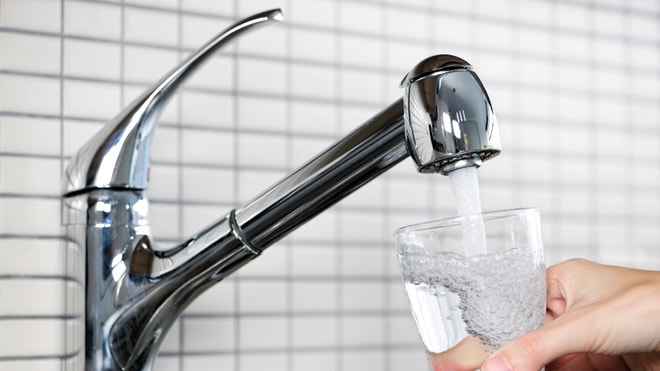
Fracking is hardly leakproof
By Josh Fox and Barbara Arrindell
Updated 10:57 a.m., Wednesday, June 20, 2012
Recently, politicians and publications have conditionally endorsed so-called "safe fracking" as a part of the nation's energy mix. But safe fracking is an impossibility, and the industry's claims for it are knowingly based on false premises.
Chief among them is the notion that a "leakproof well" is possible. We've heard time again that strict regulation is the key to moving forward on fracking, and that new regulations should make sure that industry constructs leakproof wells that do not pollute the water table. There is no such thing as a leakproof gas well. The gas industry knows this; in fact, it has known it for decades.
The part of the gas well that they're relying on to protect groundwater is simply cement: about a 1-inch-thick layer between the steel casing and the surrounding rock. Cement is permeable before it sets, subject to cracking afterward and can never be made leakproof. A 1-inch layer could never be adequate when groundwater is at risk.
The gas industry's own documents and case studies show that about 6 percent of cement jobs fail immediately upon installation, and recent experience in the Pennsylvania Marcellus shale has borne this out over and over again.
Pennsylvania's Department of Environmental Protection has tracked gas leaking from wells across the state. They found 6.2 percent of new gas wells were leaking in 2010, 6.2 percent in 2011 and 7.2 percent so far in 2012.
When the cement fails, it opens a pathway for gas and other toxins involved in the drilling and fracking process to migrate into groundwater and to the surface.

